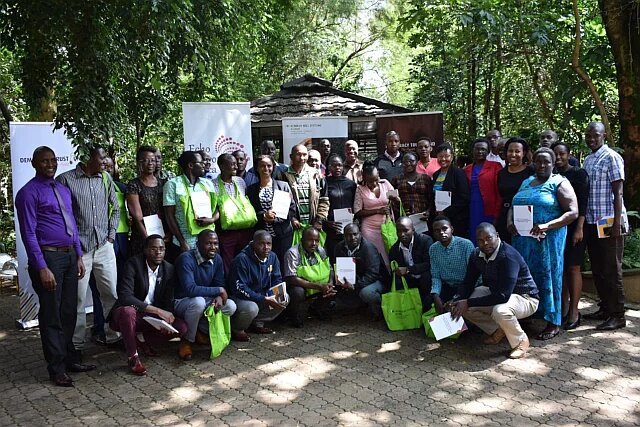Echo Network Africa in collaboration with Heinrich-Böll-Stiftung has launched a report on the status of women political leadership in Kisii and Nyamira counties. The report is a result of a rapid survey that sought to establish what has contributed to poor performance by women who seek electoral positions in Kisii and Nyamira counties.

Kenya is one of the few countries in Africa considered to have a vibrant and progressive institutional, administrative and legislative framework, which, if implemented could bridge socio-economic and political inequalities that continue to bedevil the country. Specifically, there is no doubt that Kenya has enough instruments to deal with the persistent issue of poor representation by the female gender in political leadership. Civil Society, development partners and government actors who work in the area of leadership and governance have spent a significant amount of resources towards establishing crucial policy mechanisms, including the inclusion of a provision in the 2010 Constitution which states that “No more than two-thirds of those elected or appointed in public offices shall be of the same gender.”
Despite these efforts women continue to suffer election losses and numbers remain dismally low. Some Counties have not elected a single woman to the competitive seats other than the affirmative or special gender positions of the Woman Member of the National Assembly (WMNA). In other words, if the position of the WMNA were nonexistent, some Counties would not have had a woman at any of the elective positions. In the 2017 General Elections, some dozen Counties did not elect women at the lowest electoral levels – the County Assembly. This is sad indeed.
This rapid survey sought to establish what has contributed to this poor performance by women who seek electoral positions. Kisii and Nyamira Counties were deliberately selected as pilots majorly because the two Counties are among those that historically do not elect women into political leadership. Additionally, the survey sought to establish from the electorate what qualities they would be seeking for in order to elect women and if indeed they would suggest names of women who fi t their bill. In a sense, the survey is a disruptive way of selecting women who have some legitimacy from the electorate and whose capacity can then be built to enable them win elections.
Specifically, the survey sought answers to the following questions:
- Why women in Kisii and Nyamira Counties do not present themselves for elective positions other than affirmative action seats;
- Why the electorate in Kisii and Nyamira counties generally do not elect women (except for those running for affirmative action seats;)
- What would motivate the electorate in Kisii and Nyamira to elect a woman to seats other than the affirmative action positions?; and,
- Who are some of the women whom the electorate in Kisii and Nyamira Counties would willingly to elect if these women were to present their candidature for seats other than affirmative action positions.
Read the report